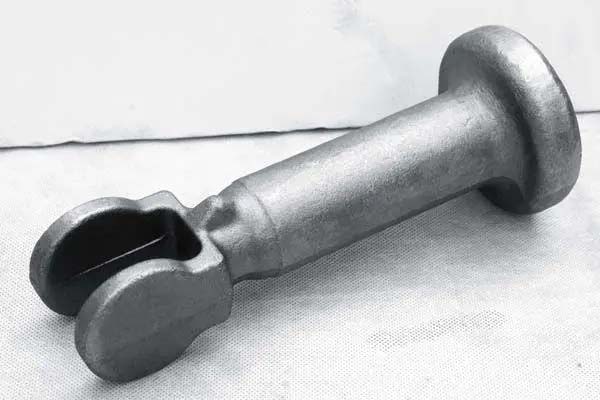- Contact Innally, Let you purchase forgings in China more favorable prices, products more assured!
- Hotline:+(86)15038323776 Email:innally@innally.com
How to evaluate the quality of blank forging?
- Category: Metal forging, Titanium alloy forging
- |
- Date: 04/11/2023
evaluating the quality of blank forging requires comprehensive consideration of many factors. In the evaluation process, it is necessary to select the appropriate evaluation methods and steps according to the actual production situation and technical requirements to ensure the accuracy and reliability of the evaluation results. At the same time, it is also necessary to analyze and summarize the evaluation results, find and solve problems in time, and constantly improve the quality level of blank forgings.
Product Details
The quality assessment of blank forging is a very important link in the process of mechanical manufacturing. By evaluating the quality of blank forging, its performance and cost can be effectively controlled, thus improving the efficiency and benefit of the whole mechanical manufacturing process. Here are some common methods and steps to assess the quality of blank forgings:
Appearance inspection: The appearance of blank forgings is tested, including surface flatness, cracks, pores, inclusions and other defects. It can be detected by visual observation, touch inspection and photo observation.
Size detection: The geometric size, shape and relative position of the blank forging are measured to determine whether it meets the design requirements. You can use calipers, plug gauges, micrometers and other tools for measurement, you can also use high-precision measuring instruments such as coordinate measuring instruments for accurate measurement.

Chemical composition analysis: The chemical composition of the blank forging is analyzed to determine whether it meets the material standard. It can be detected by spectral analysis, chemical analysis and other methods.
Mechanical properties test: Test the mechanical properties of blank forgings, including hardness, tensile strength, impact toughness and other indicators. It can be tested by hardness tester, tensile testing machine, impact testing machine and other equipment.
Non-destructive testing: Through non-destructive testing technology, such as ultrasonic testing, X-ray testing, magnetic particle testing, etc., to detect the internal defects of blank forgings. Appropriate equipment and instruments can be used for testing.
Metallographic analysis: The microstructure of blank forgings is observed and analyzed to judge the grain size, inclusions and other indicators. It can be observed and analyzed by means of metallographic microscope.
Process control record: record and control the production process of blank forging, including heating temperature, forging pressure, cooling speed and other parameters. These records can reflect the quality control in the production process, and can also provide reference and improvement basis for subsequent production.
To sum up, evaluating the quality of blank forging requires comprehensive consideration of many factors. In the evaluation process, it is necessary to select the appropriate evaluation methods and steps according to the actual production situation and technical requirements to ensure the accuracy and reliability of the evaluation results. At the same time, it is also necessary to analyze and summarize the evaluation results, find and solve problems in time, and constantly improve the quality level of blank forgings.
nannan
INNALLY website editing, to provide you with forging related information
Related Products
Search
Forging center
- Steel forgings
- Aluminium alloy forging
- Titanium alloy forging
- Stainless steel forging
- Copper forging
- Automotive forgings
- Locomotive forging
- Bicycle forgings
- Motorcycle forging
- Rigging and fasteners
- Bearing forging
- Electric power fittings
- Marine forging
- Mechanical forgings for metalworking
- Mining machinery forgings
- Marine engineering forgings
- Construction machinery forgings
Popular product

© 2025. All Rights Reserved.






